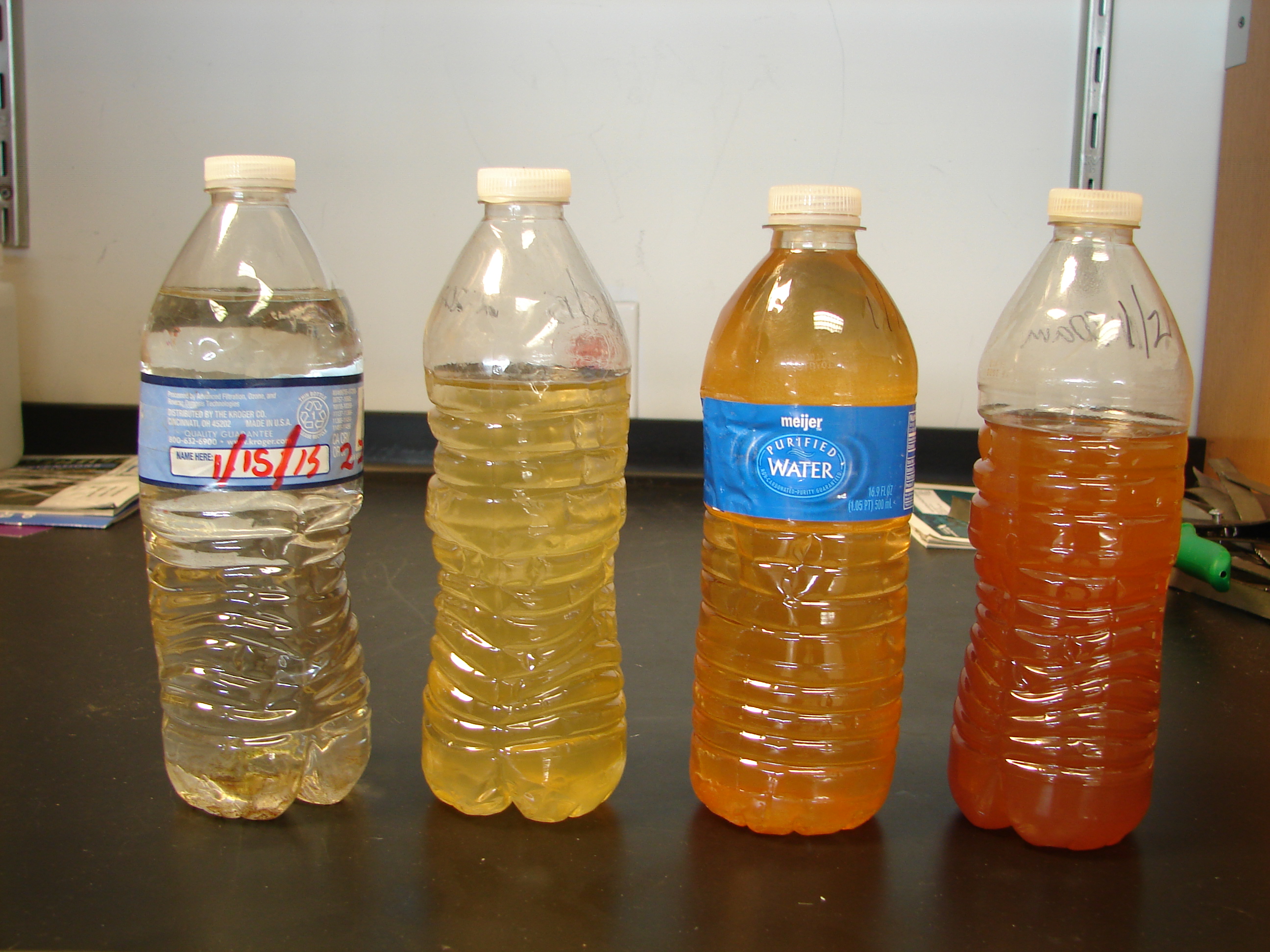This post is contributed by Jason Dirkham
What was the Flint Water Crisis?
In 2013 the city of Flint in Michigan voted democratically to change its water supply and to join the Keregnodi Water Authority. While the city prepared to connect with the new regional water supply it drew water from the Flint River which would lead to a devastating health crisis. The water problems for local residents and businesses began almost immediately but the government turned a blind eye, denying any issue, leading to severe health implications that still impact residents of the community today.
Immediately on switching to the Flint River water supply residents and businesses noticed changes to the color, smell and taste and complaints began flooding into the supplying company. Despite the evidence before their eyes, as well as locals complaining of skin rashes and hair loss, officials insisted that the water was safe to drink. Over the course of the next 12 months, evidence mounted to support an unsafe water supply including blood samples taken from children showing abnormal levels of lead but officials still denied any problem.
What was causing the Flint water problem?
After 12 months of complaints and a growing amount of evidence to suggest water problems the governor switched back to Detroit water and declared a state of emergency in Flint, finally, a state investigation was opened revealing that there were unsafe levels of lead in the Flint water. Ordinarily, cities treat their water with a chemical that stops lead from leaching out of water pipes and into the supply, however, the water from the Fleet River was not treated in this way, allowing lead from the pipes to enter the water supply at dangerously high levels with one home in flint showing a shocking 707 micrograms of lead in each liter.
How did it affect residents and businesses?
The Flint water crisis led to widespread mistrust of the water system which lasted long after the water supply was switched back to Detroit water. In an attempt to provide residents and businesses with safe water the governor began supplying them with free bottled water in December of 2016. Many homeowners and businesses have since become to rely on this supply of free bottled water but in 2018 it was declared that the supply would be stopped. The removal of the free bottled water supply forces residents and businesses to begin paying for their water again at an average cost of $200 per resident leading many small businesses facing closure. For Flint, a city with some of the highest levels of poverty in the US, this is more than a devastating blow, especially given that at the same time as they were to begin paying for water again, the water giant Nestle would be able to increase its pumping for no extra fee.
Moving forward
7 years after the Flint water disaster and the effects are still being felt amongst residents. The side effects of lead ingestion are likely to be felt for many years to come with pediatricians warning that children who were exposed to the pollution could see both behavioral and cognitive issues well into the future and throughout 2020 repairs to the damaged water system will remain ongoing.
This post is contributed by Jason Dirkham

